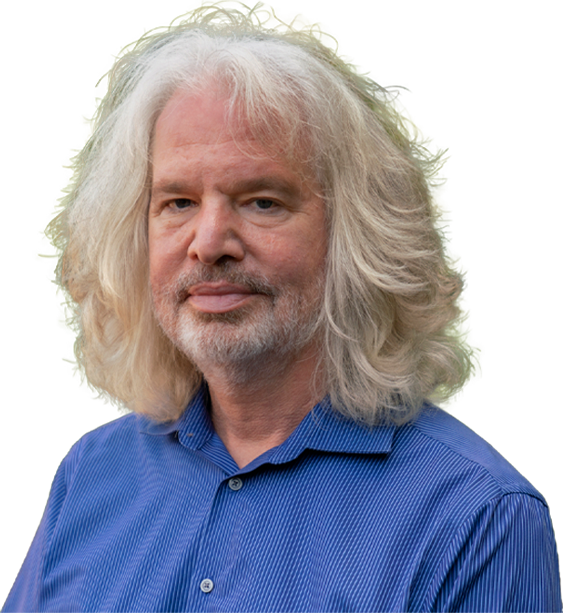By Marshall Goldsmith
My career as an executive coach began many years ago with a phone call from the CEO of a Fortune 100 company. I had just given a leadership clinic to the CEO’s human resources department. This is what I was doing in the late 1980s – advising HR departments about identifying future leaders in their companies and creating programs to form them into better leaders. The CEO had attended the session and from what I’d said he thought I might be able to help him with a VP who, though smart, dedicated, motivated, hard-working, and creative, was also a stubborn, opinionated, know-it-all. I was intrigued by this challenge.
I had coached many groups of mid-level managers who were on the verge of success, but never an individual who was already very successful and needed to make a change to be blasted into the stratosphere. I took the job – and I took it on a pay for results basis. If the VP improved, I’d get paid and if not I told the CEO it was free.
That was a couple of decades ago, and I did get paid. Since then I’ve worked with more than 150 CEOs and their management teams. My job isn’t to make anyone smarter or richer. It’s to help people identify a personal habit that’s annoying their coworkers and to help them eliminate it so that they retain their value to the organization. And, to help them develop their people as well, because you see, without their colleagues, their people and teams, these leaders, as successful as they might be, would have no one to lead.
Developing as a leader is a difficult endeavor. (If you’re reading this article you can probably relate.) Demands on leaders are increasing, meaning there is less time for focusing on change. And, the catch is that as more is expected of you as a leader, the less time you have for development, and yet improving your leadership skills is more important than ever. It’s a tricky situation. With limited time, you have to learn on the job. You have to make the most of your surroundings and ask those around you for help. You have to enlist their support as you do your best to develop yourself, your people, and your teams – even them!
It’s not easy, but I’ve developed a leadership development model that has now proven to work with thousands and thousands of people. This model is just eight steps: Ask, Listen, Think, Thank, Respond, Involve, Change, Follow Up. Following is a very short description of each step. I’ll go into more depth in subsequent blogs.
- Ask: Ask people “How can I be a better _________ (manager, partner, team member, etc.)?
- Listen: Listen to their answers.
- Think: Think about their input. What does it mean?
- Thank: Thank people for sharing this valuable feedback with you.
- Respond: Respond positively when receiving input.
- Involve: Involve the people around you to support your change efforts.
- Change: Change isn’t an academic exercise. Act on what you learn.
- Follow-up: Follow up regularly and stakeholders will notice the positive actions you’re taking based their input.
This simple model for leadership development works! If you want to get better, at work or at home, try it for yourself and see. And, if I can help you consider the possibility that despite all of your success to date you might have some things that you can change to be “even better”, then I will have done my job.
MG THINKERS 50 BLOG
Share this:


